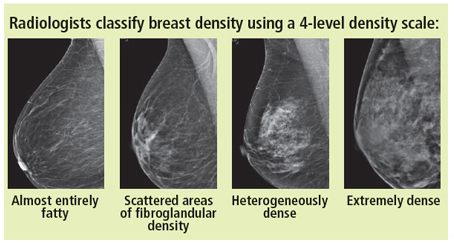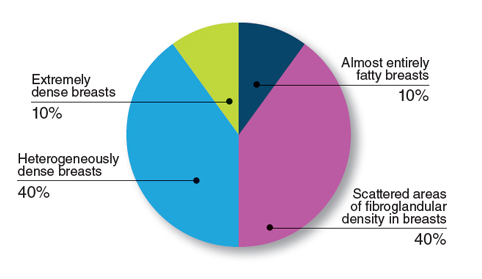MammographySaves Lives

In the U.S., breast cancer mortality decreased by 40% since 1990 thanks, in large part, to the rising use of mammography. It’s a preventative measure that works, if you use it.
More women under the age of 40 are diagnosed with breast cancer than ever before. And it’s often more deadly in younger women. American College of Radiology® guidelines urge all women –– especially Black and Ashkenazi Jewish women –– to talk with their doctors about breast cancer risk by the age of 25.
Mammography Misconceptions and Myths
The more you know, the more comfortable you are with the process.
ACR Recommends You
1
Talk to your doctor by age 25 about your risk
2
Ask if you should get a mammogram before age 40
3
Ask If you need other tests - like an MRI - with your mammogram
4
Get a mammogram each year starting at age 40
Find a Facility
Locate your nearest ACR-accredited mammography provider.
Get startedBefore You Go
What to have in mind as you get ready for your appointment
Watch short videoResources on Risk: What You Need to Know
If you’re at high risk for breast cancer, you might benefit from mammograms more than once every year. Ask your doctor for details and use these links to learn more.
How Breast DensityMakes a Difference

Research Results and Official Guidelines
If you want to read the full ACR recommendations on breast cancer screening, you’ll find those here. We’ve also compiled the most significant research results to help curious patients understand the advice they’re getting.
Physician Resources
Methods, Reporting and Resources
A comprehensive collection of ACR information and resources on breast cancer screening.
Read more

